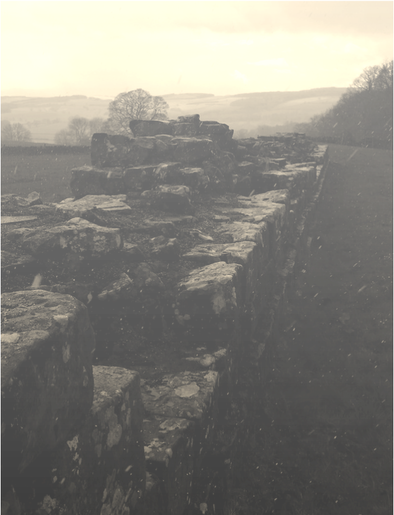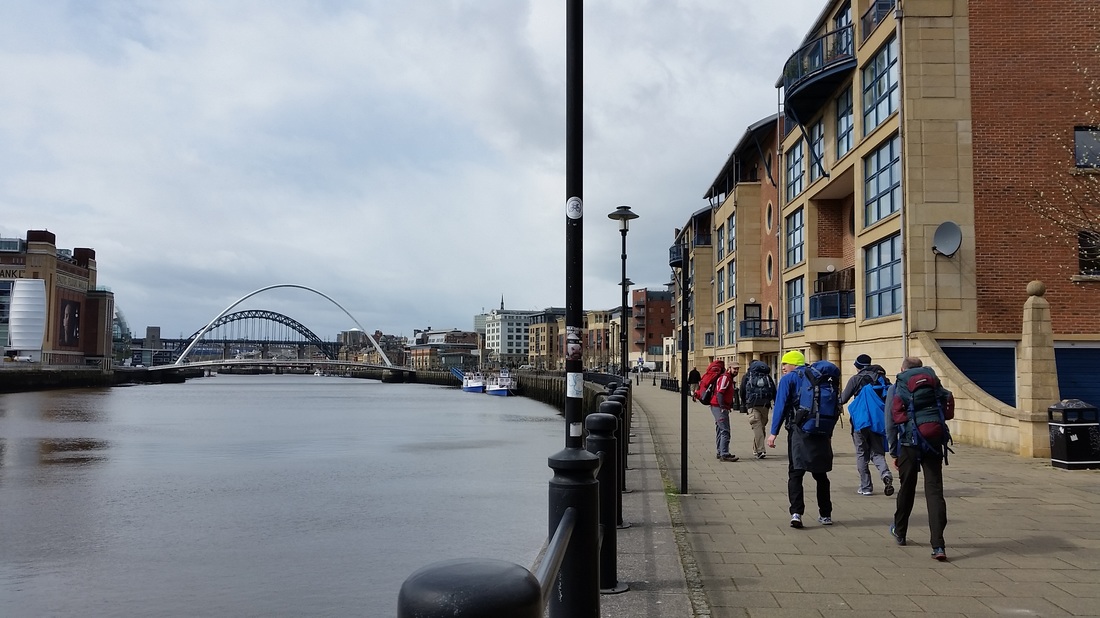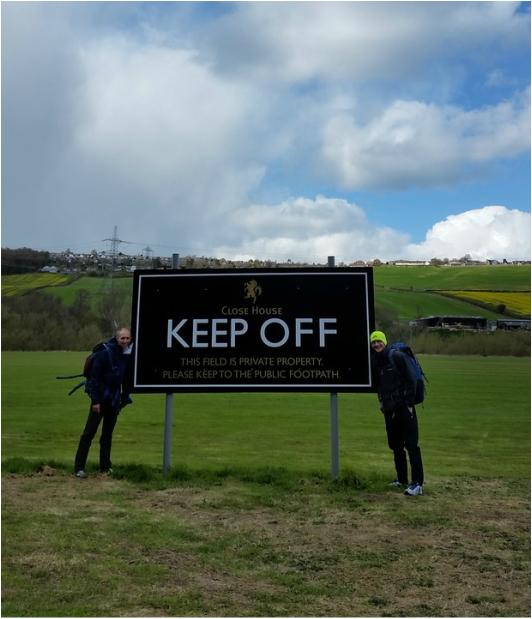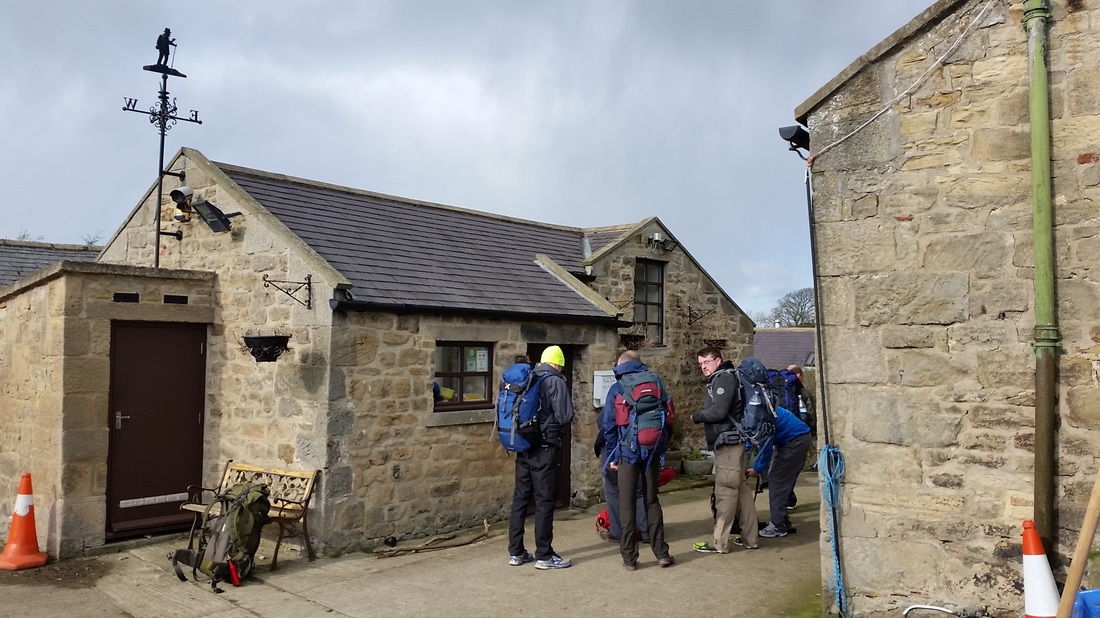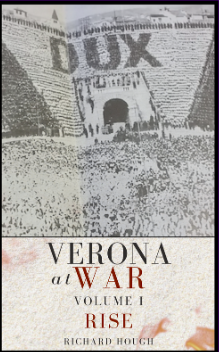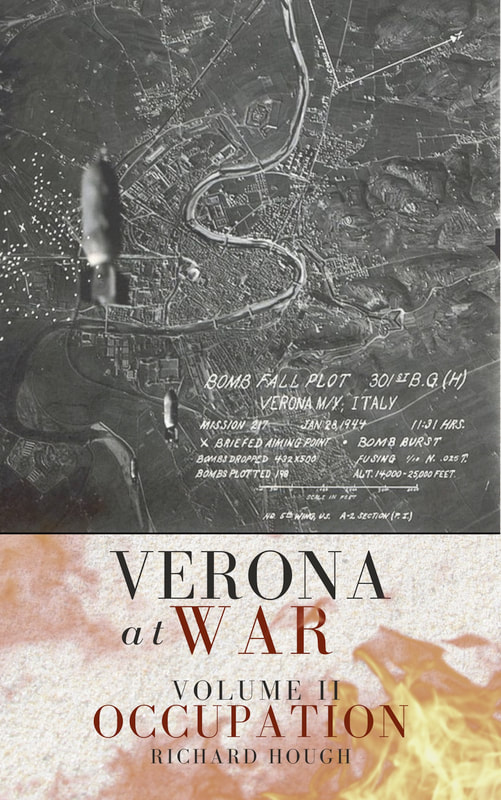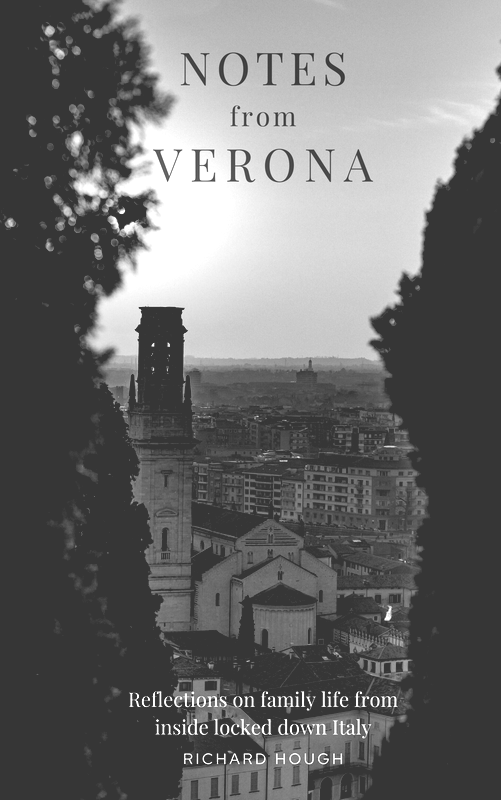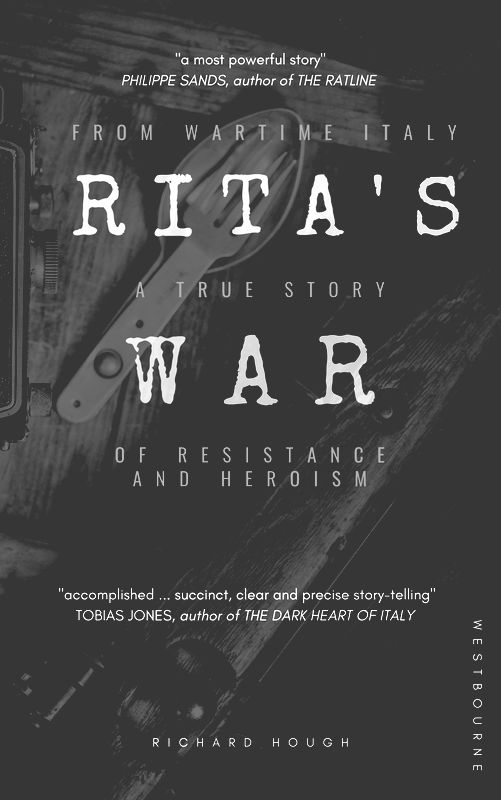|
As you may remember, we were embarking on a pilgrimage along the length of Hadrian's Wall (from Wallsend in the east to Bowness-on-Solway in the west) in memory of our good friend and colleague Jude (Remembering my colleague and Friend Jude Payne), who tragically died last year of lymphoma. Determined to take something positive from his premature death, we have already raised over £9,000 for research into leukaemia, lymphoma, myeloma and other blood disorders (you can donate here: https://www.justgiving.com/fundraising/Walk4Jude?). Jude was a passionate amateur historian and, in particular, he loved all things Roman, which is why we decided to walk Hadrian's Wall. In a previous post (Hadrian - discovering the man behind the Wall), I explored who Hadrian was, what he achieved, and what (aside from the wall) was his legacy. This series of posts records what happened on the walk itself, focusing on the practicalities of walking the Wall, including where to stay, where to eat (and drink) and what to see along the way (spoiler alert: the wall features prominently). Having flown in the previous night from Verona, my day started on the 06.24 from Lenzie to Edinburgh (via Croy). Although cold, the morning was bright and full of promise. In scenes reminiscent of the Magnificent Seven, our number quickly multiplied as we picked up various stragglers along the way. By 8.30am we had arrived, fully quorate, on the concourse of Edinburgh's Waverley station, an unlikely gaggle of auditors, parliamentary researchers and loafers; greater than the sum of our individual parts, brought together in our common affection for a much valued colleague and friend. Anyway, by now it was time for some breakfast. More accustomed to continental fare, I was overwhelmed by the mouthwatering breakfast options on offer at Waverley and, like a child let loose in a sweet shop, I quickly concluded that the only option was to scoff the lot. The highlight of the ensuing binge was undoubtedly the Pasty Shop's all day full English breakfast pasty (see above). A full cooked breakfast conveniently enclosed in a crisp pastry wrapping, I had no doubt it would stand me good stead for the long days walking ahead. Breakfast done, we boarded the early morning train that would take us south to Newcastle. Like boys with toys, we spent much of the journey south along the dramatic east coast comparing kit (size and content). While some packs seemed improbably lightweight others were missing only the kitchen sink. If it is true that armies march on their stomachs, we would have no difficulty. Between us we had packed enough snacks and sugar loaded confectionary to feed a small army. Our discussion included the paradoxical nugget that one of our number hadn't, in fact, "repacked" his back the previous evening, but had merely "taken everything out and put it all back in again". And so, with such enlightening discourse illuminating our journey, we were soon alighting at Newcastle's Central Station. We (ahem) expertly navigated the city's metro system to Wallsend where, for 300 years, the Roman Fort of Segedunum had stood. The fort, which marks the easternmost point of the Wall, protected the mouth of the River Tyne and would have been home to up to 600 Roman soldiers (both cavalrymen and infantry). Today the site is home to what is, by all accounts, a fascinating Museum, from which a portion of the original wall is still visible, along with a reconstruction of what the wall might have looked like in Roman times. By now, though, we were keen to get marching and so, pausing only to make use of the facilities and to take a quick picture, we were soon on our way With little of the wall visibile in this heavily populated and developed area, the waterfront development provides a striking urban backdrop. Indeed, the first few miles of the path from Wallsend follow the River Tyne, rather than the route of the wall itself. Beyond the city centre, though, the path takes us through an uninspiring series of commercial centres and industrial estates, alongside dual carriageways and over trunk roads. Wearing trainers rather than walking books, it isn't until we hit Tyneside's leafy green suburbs that it really feels like we are on our way. Having made a lunch stop in one of the few green patches we had encountered along the way, the allure of a refreshing pint at the Keelman's lodge proves too tempting to pass by. Suitably refreshed, from here the landscape becomes decidedly more rural, as we make our way the remaining five kilometres through golf course, wood and farmland to our final destination for day 1, Heddon-on-the Wall. Heddon-on-the Wall, which means 'Heather-capped hill on the Wall', is perched high above the river and was the perfect place to end our first days walking. Conveniently serviced by a well-run village pub (the Three Tuns) and a bustling tea room that prepares packed lunches (the Dingle Dell), our accommodation for the night was the bunk rooms at Houghton North Farm. The hospitality was warm and friendly and included a cooked breakfast in the morning as well as tips for our journey ahead, including how to defend ourselves against seasonally aggressive suckler cattle (a technique that, I'm pleased to say, we didn't have to employ). So, day 1 is complete. A long day's walking in a largely urban environment, but we've reached an important milestone, the urban sprawl is behind us, the weather has been fine and morale is high. We're looking forward to our next day on the wall... |
AboutRichard Hough writes about history, football, wine, whisky, culture + travel and is currently working on a trilogy about wartime Verona.
|
